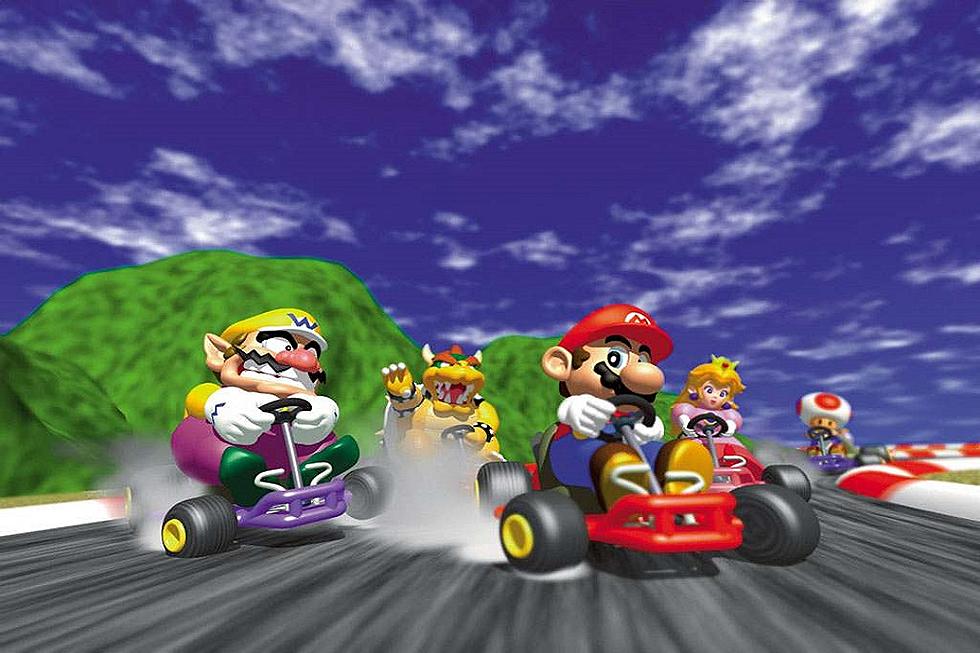
Those Who Slay Together In Assassin’s Creed: Brotherhood
Ezio Auditore de Firenze is easily one of the most recognizable characters in all of video game history. Where the original Assassin’s Creed established a formula with Altaïr, the formula was arguably refined to perfection with Assassin’s Creed II and Altaïr’s descendant Ezio. Ubisoft knew they had something great with Ezio and knew further that there was more of a story to tell than what was confined to the ending of Assassin’s Creed II with him. Today in 2010, we joined Ezio and Desmond Miles once again as the former fought to restore the Assassin’s Guild to its former glory in Assassin’s Creed: Brotherhood.
Assassin’s Creed: Brotherhood’s development came to light around mid-2009. From the very beginning, and before it even had an official title, Ubisoft had an interest in pursuing multiplayer avenues with Assassin’s Creed: Brotherhood. This was the first time multiplayer had come into the equation for the franchise, but Ubisoft was nonetheless dedicated to the idea of creating a new experience in which players could engage one another outside of the single-player content. To this end, the single-player aspects of Assassin’s Creed: Brotherhood were mostly to Ubisoft Montreal, who had developed the first two games, while the multiplayer element was directed by Ubisoft Annecy, responsible for the multiplayer design in Tom Clancy's Splinter Cell: Chaos Theory.
When a name was chosen for the latest Assassin’s Creed, it was decided that it would not be a numbered sequel. At the time, Ubisoft felt that giving a number to the sequel should mean exploring a new ancestor and an entirely new setting. Their desire to focus on Ezio influenced the studio and publisher to approach Assassin’s Creed: Brotherhood less as a true continuation of the franchise and more as a second chapter specifically to Assassin’s Creed II.
As such, Assassin’s Creed: Brotherhood picks up almost immediately where Assassin’s Creed II left off. The game continues the parallel plots of Desmond miles evading the Templar organization alongside the modern remaining members of the Assassin legacy as they seek clues to a mystery that could endanger humanity. To do this, Desmond’s friends help re-enter his ancestral memories by means of the Animus machine to once again take on the role of Ezio. At the current juncture, Ezio operates in Rome to rebuild the honor of the Assassin’s Guild and recruit and train new allies as he attempts to undermine his enemies, the Templars and the Borgia Family that controls much of the city.
The multiplayer aspect of Assassin’s Creed: Brotherhood was presented as a program for Templar recruits, utilizing their own Animus machines in order to train up against the tactics of their enemies, the Assassins. Players take on one of any number of character models that then populate a world alongside enemy players and their own models. Among the many locations presented in the game, players are tasked with blending into the environment populated by NPCs and very carefully observing their surroundings for both a target to assassinate and an enemy that aims to assassinate them. Blending it, watching patterns carefully, and approaching suspected targets for the kill made multiplayer in Assassin’s Creed a complex game of Hide and Seek, the likes of which had never been seen before.
Multiplayer wasn’t the only area to receive serious attention with Brotherhood. After all, what’s a brotherhood with just one guy? Though much of the single-player content played the same on the exploratory and combative front, some new gameplay elements were added to go with Ezio’s search for new recruits. Throughout the game, Ezio can gather supporters from the disgruntled citizens of Rome and train them in the ways of assassination and intrigue. These recruits can help Ezio directly or be sent on missions where they’ll die or gain experience and become greater assets to Ezio’s fight. For as much as things remain the same, this addition to the game was a fresh and welcome addition.
Assassin’s Creed: Brotherhood wasn’t the most spectacular of advancements to the series, but it did break new ground in several ways. It was an opportunity to get the most out of what was becoming the iconic character of the entire franchise. More importantly, the game’s multiplayer and single-player recruit system were much applauded affairs and would continue to make appearances in future sequels of the game. Assassin’s Creed: Brotherhood may not have shifted jumped seas to the American Revolutionary War or boarded a pirate ship on the high seas, but it brought a new and important chapter to Ezio’s story and allowed players to experience the world of Assassin’s Creed in vastly new ways.
More From Arcade Sushi

![Far Cry 5’s Journey to Big Sky Country Feels Justified [Preview]](http://townsquare.media/site/550/files/2017/06/farcry5.jpg?w=980&q=75)
![Mario Gets Tactical in Mario + Rabbids Kingdom Battle [Preview]](http://townsquare.media/site/550/files/2017/06/rabbids.jpg?w=980&q=75)






